Windows in Kray for PRO100
The basic rule of work in Kray is the principle of accurate representation of reality in the rendered scene. It is vital in the case of the windows, as the light entering the room through the windows is the base of the process and affects the entire visualisation.
Setting the correct, real parameters of the textures is the key to achieve the realistic visualisation. The second essential element is the realistic lighting of the scene, so that the light illuminates the room through the windows. Just as in reality.
The window glass is colourless, glossy and slightly mirroring. It can be assumed that the window glass properties are as below:
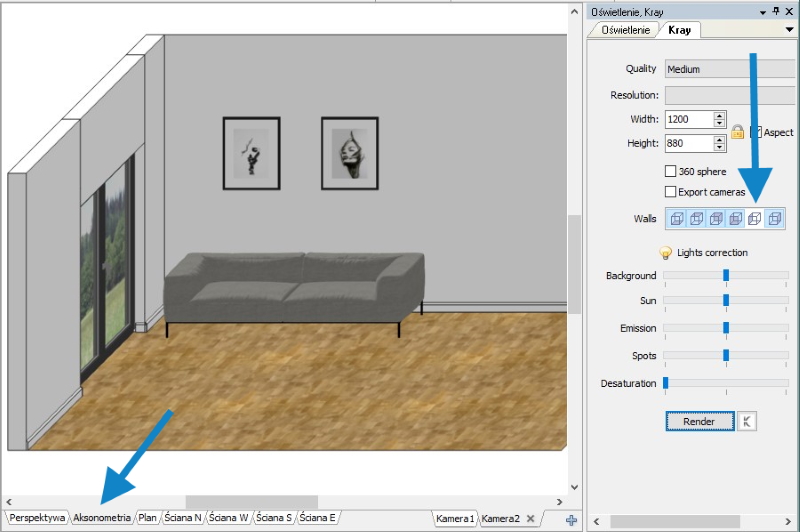
The right arrow shows the wall that the light is entering into the scene through. The buttons refere to the axonometric view.
The examples below show how the above principles affect the rendering ffects.
Setting the correct, real parameters of the textures is the key to achieve the realistic visualisation. The second essential element is the realistic lighting of the scene, so that the light illuminates the room through the windows. Just as in reality.
The window glass is colourless, glossy and slightly mirroring. It can be assumed that the window glass properties are as below:
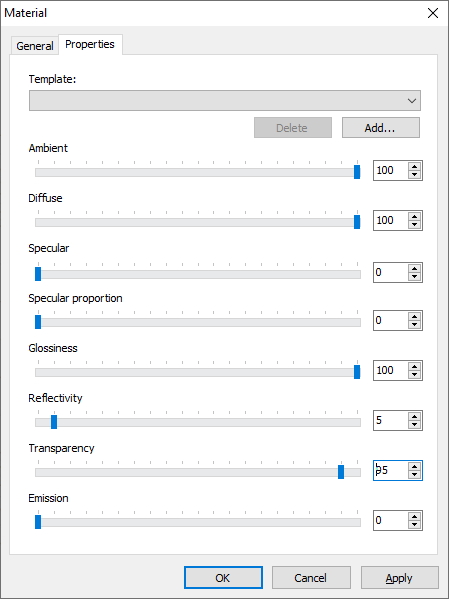 | Transparency: 95 - 95% of the light "passes" through the glass .
Glossiness: 100 - both the light passing through the glass and reflected from it are not diffused. The view behind the glass and reflection are not blurred. |
The room is lit by the background light and sunlight entering the project just through the window. The brightness of the project, is controlled by the amount of the background light and sunlight getting into the design. The texture of the forest has been added onto one of the walls of the scenes cuboid, behind the window. All walls except the wall with the window are "closed". Light does not get into the design through them.

The right arrow shows the wall that the light is entering into the scene through. The buttons refere to the axonometric view.
Note: As in reality, setting low transparency would darken the scene (less light can pass through less transparent glass). Low glossiness would diffuse the light, blurring both the reflection in the glass and the image behind the window.
The examples below show how the above principles affect the rendering ffects.
A scene with a window during the day. Mainly background light.
Visible high transparency and a trace of reflection in the glass.
A scene with a window during the day. Background light and the sunlight.
Visible high transparency and a trace of reflection in the glass.
A scene with a window during the day. Background light and the sunlight.
Visible high transparency and a trace of reflection in the glass.
A scene with a single glazed window at night. Mainly halogen (artificial) light.
A scene with a single glazed window at night. Mainly halogen (artificial) light.
Due to the lack of the light behind the window, there is the mirror effect clearly visible.
A scene with double glazing at night. Mainly halogen (artificial) light.
A scene with double glazing at night. Mainly halogen (artificial) light.
Due to the lack of the light behind the window, there is the mirror effect is clearly visible. The double reflection results from the reflection in each of the glasses.

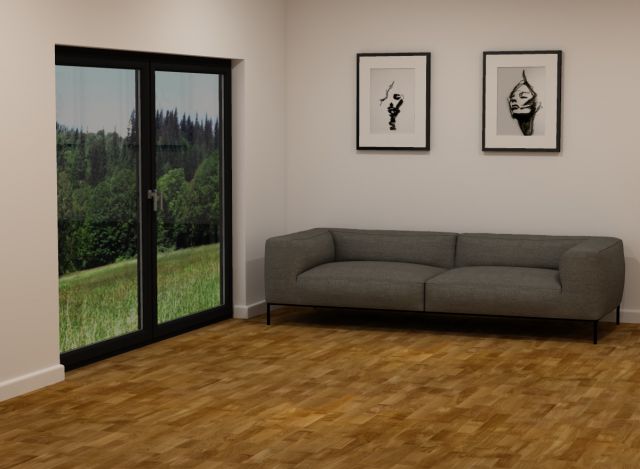
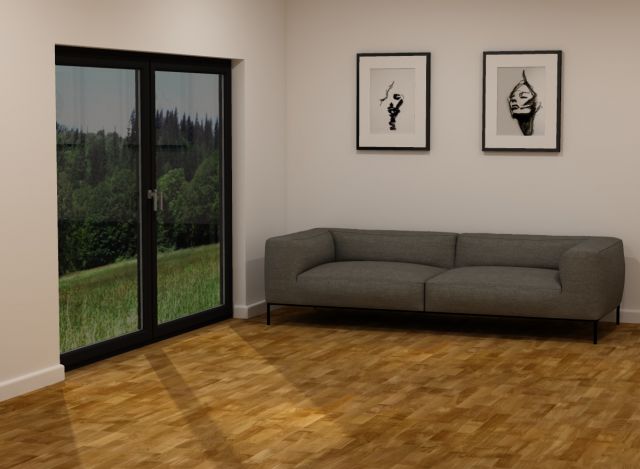
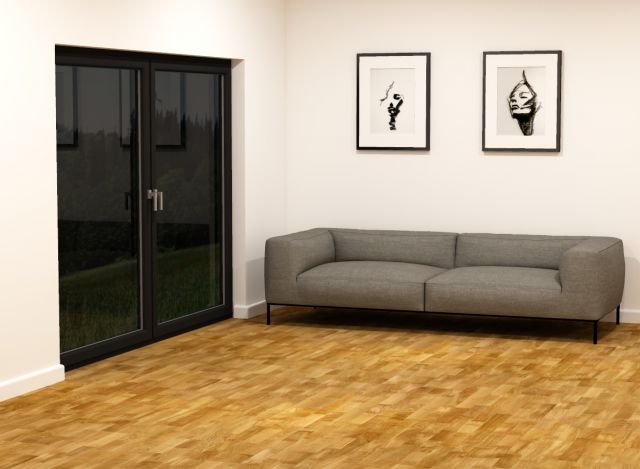
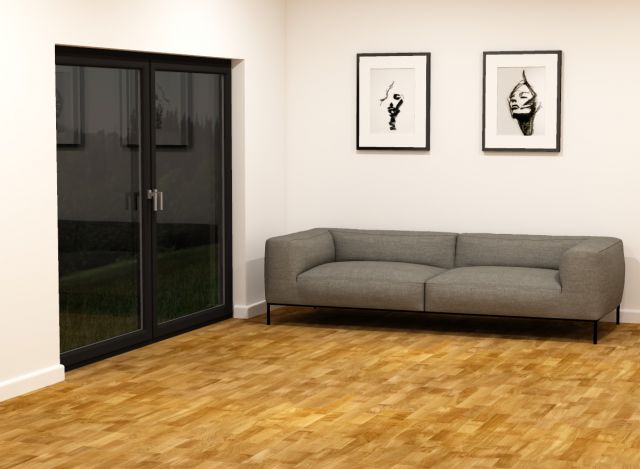
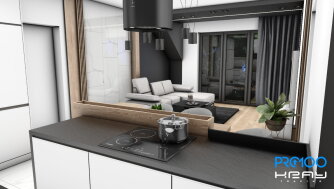
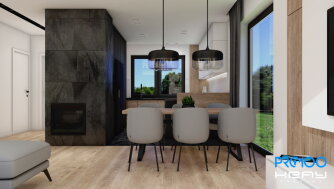
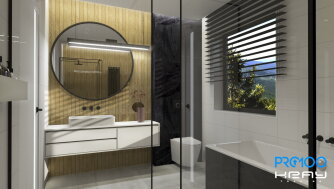
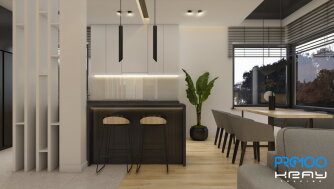
Comments 0